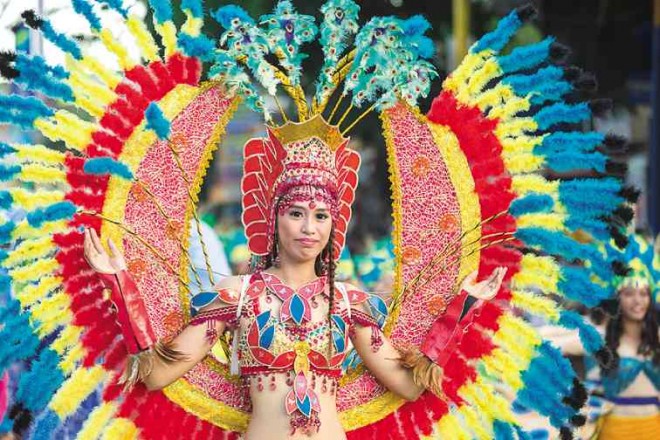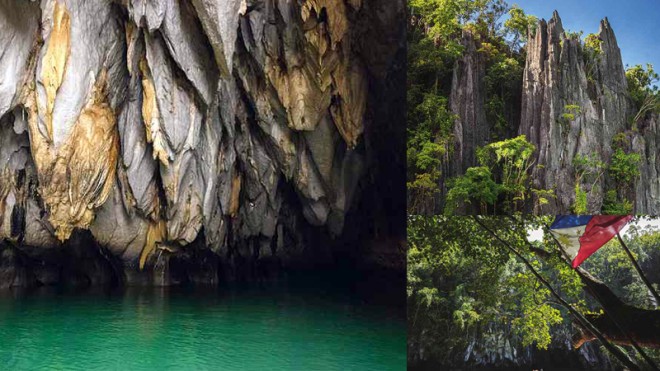

In line with Presidential Proclamation No. 816, the City of Puerto Princesa and the United Nations Educational, Scientific and Cultural Organization (Unesco), with the Office of the President, Department of Environment and Natural Resources, and New Seven Wonders organization, held a festival celebration for one of the two Unesco World Heritage Sites in Palawan.
The proclamation signed by President Benigno Aquino III last July designated Nov. 11 of each year as Puerto Princesa Underground River (PPUR) Day—the first such declaration for a Unesco site in the country.
It was on Nov. 11, 2011, that PPUR was chosen as one of the New Seven Wonders of Nature, which, according to the proclamation, “brought great honor and acclaim not only to the City of Puerto Princesa and the Province of Palawan, but to the entire nation as well.”
The celebration last Nov. 11 was marked by a tree-planting activity, a forum on bird identification and site development, a photo exhibit on the avian treasures of PPUR and Palawan, an indigenous ritual presentation, and a street-dancing parade and competition participated in by the Batak ethnic group of the province.
“This is a thanksgiving [for] all the recognition given to PPUR,” said Puerto Princesa Mayor Lucilo Bayron.
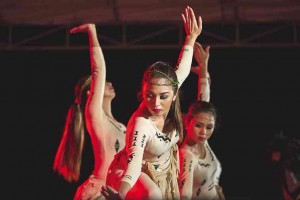
Bayron added the celebration also extended to the Tubbataha Reef National Park, the other Unesco World Heritage Site in Palawan.
Aside from its inscription as a World Heritage Site and inclusion in the New Seven Wonders of Nature list, PPUR is also listed in the Ramsar Convention or the Convention on Wetlands, an international treaty providing a framework for national and international action and cooperation for the conservation and wise use of wetlands and their resources.
Closed momentarily
For the first time since its Unesco inscription in 1999, on Nov. 11, PPUR was given a half-day’s rest from the influx of hundreds of tourists visiting the site every day.
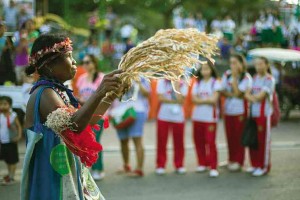
The plan was to give it at least a three-day rest, said Maclang. Meanwhile, during the reprieve, an international film festival would be held at the Sabang wharf, the jump-off point to the underground river, she added.
Park biologist Nevong Puna said it had been observed that the monkeys at the “high tourist-impact area” of PPUR had changed their behavior due to long-interaction with people. Sometimes they would hurt the visitors, the biologist noted.
The monkeys now feel they are dominant over the human beings, Puna added. He said the park administration was looking for ways to check this.
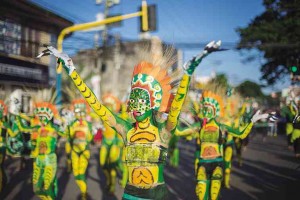
Challenges
Maclang said the big challenge in PPUR was how to balance tourism and the environment.
She said there was a lack of livelihood opportunities for the locals, some of whom resort to illegal logging, swidden or slash-and-burn farming, and small-scale gravel-and-sand quarrying, resulting in the siltation of the Cabayugan River.
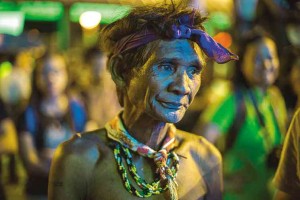
She said the park administration was giving community-based livelihood to the locals, employing them as guides on PPUR’s jungle trail. They’re guides as well for bird-identification activities.
“It is really hard to balance both (environment and development) because what’s the use of the protected area if the people are hungry? So, we’re in the middle, giving them livelihood,” said Maclang.
Batak chieftain Joselito Salvador, meanwhile, said that the cultural community living at the vicinity of PPUR is doing its part in protecting and conserving the heritage site.
PPUR, also known as the Puerto Princesa Subterranean River National Park, has a total of 22,202 hectares of terrestrial area and more than 7,000 ha of marine protected area. It was established as a national park in 1971.
